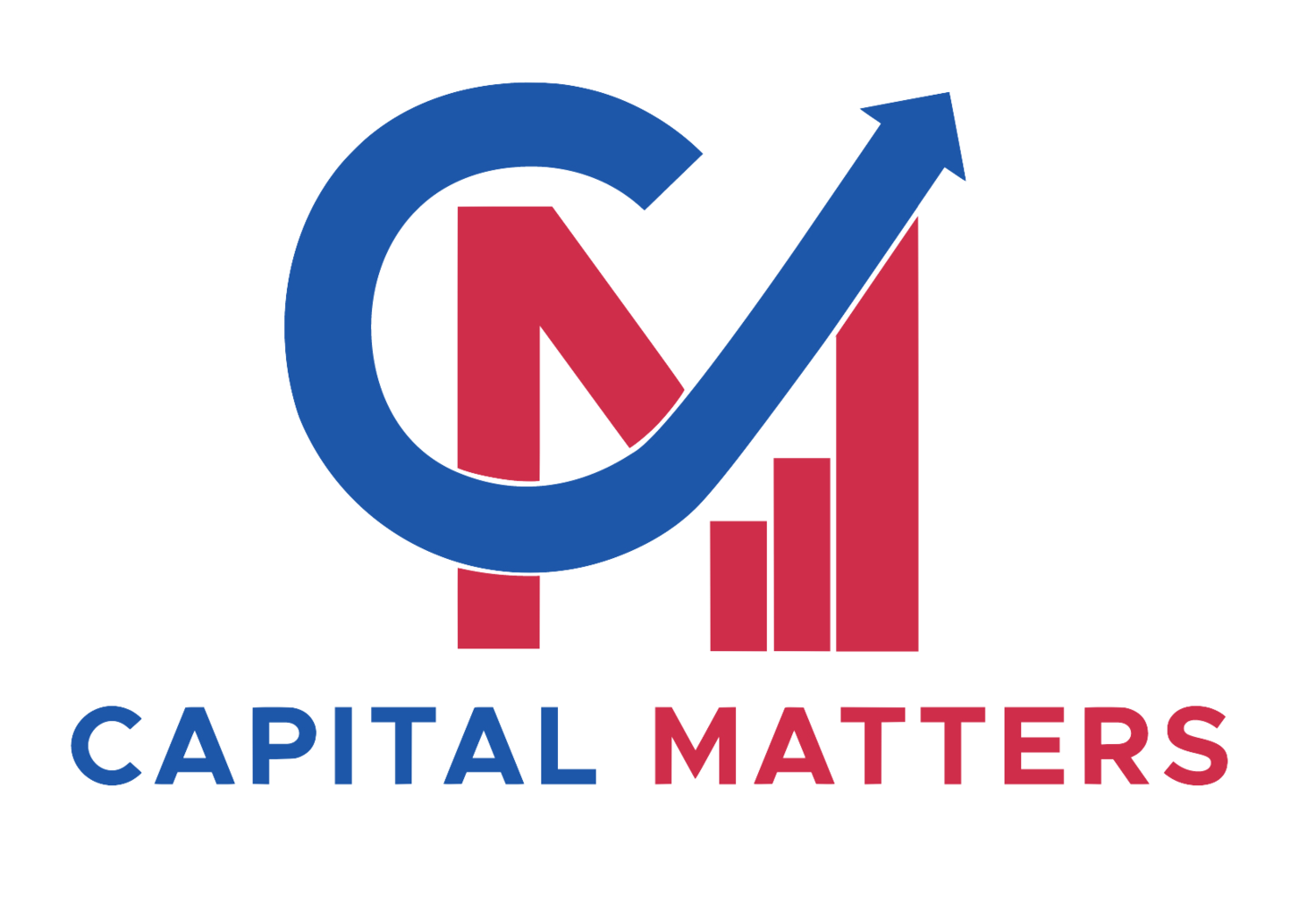The Bed & ISA Explained: Shelter Your Investments From Tax
/A Bed & ISA? You may or may not have heard of the term before. So what exactly does it mean and how can it help you shelter some of your assets from tax.
Remember, before making any investment decisions, you must do your own research and/or seek your own independent financial advice. Also remember, tax laws are subject to change and depend on an individual’s circumstances. Click here for the full disclaimer.
Bed and ISA Explained
Any investments held outside of a tax-efficient account, like an ISA (individual savings account), might be subject to taxation.
The goal of a Bed & ISA is to shelter your investments from taxation by selling them in your non tax-efficient investment account (the ‘Bed’ portion of the term) and repurchasing them in a tax-efficient account, an ISA.
The ISA is one of the UK’s most popular savings vehicles. According to a government report, over 6.9 million members of the UK population were subscribed to a Stocks and Shares ISA as of 2017. The total market value of which exceeded £334 billion in April last year.
And there is good reason for that too. A Stocks and Shares ISA can shelter you from both Capital Gains Tax (CGT) and Tax on Dividends.
Capital Gains Tax (CGT)
Capital gains tax is the tax you’ll pay on profit when you sell an asset that’s increased in value.
You’ll only pay CGT on gains made above your tax-free allowance (also known as your ‘Annual Exempt Amount’). Depending on the asset, you might be able to deduct your losses or claim reliefs so that you don’t go over your allowance.
The current allowance is £12,000 (tax year 2019/20).
Due to the tax rules, if you’ve gone over your CGT allowance, you’ll have to pay tax (dependent on the type of asset you’re selling and your tax band).
However, you don’t have to pay CGT in a number of circumstances. For example, you don’t pay CGT on UK government gilts or premium bonds. And you don’t pay CGT on assets held in ISAs. Therefore shifting some of your existing investments from outside to inside an ISA (Bed & ISA) can help you avoid CGT. More on that below.
Tax on Dividends
Dividends, income from shares or funds, are a great way to make money from your investments. Dividend reinvestment is also a key to wealth accumulation. But whilst dividends can help provide an income or boost your investment returns, you might have to pay tax on this form of income too.
Even if your investments aren’t held within a tax-efficient account, you can earn £2000 worth before breaching the dividend allowance (in the 2019/20 tax year).
Any dividends you earn over and above that are taxed depending on your income tax band.
Basic Rate - 7.5%
Higher Rate - 32.5%
Additional Rate - 38.1%
But even if you do earn over £2000 worth of dividends this tax year, you might not have to pay tax. That’s because you don’t have to pay tax on dividends from investments in an ISA. Here’s another reason to think about shifting some of your investments from outside to inside an ISA.
Bed and ISA: The Steps Involved
Some providers offer a Bed & ISA service, where they’ll help you transfer some of your assets from outside to inside an ISA. Some providers don’t provide this service and you’ll have to do it yourself. But effectively what they’re doing is very simple.
(Skip this step if you already have a Stocks & Shares ISA) - Open a Stocks and Shares ISA. You might have to add the minimum amount. For some providers, it’s as little as £1.
Sell the appropriate amount of investments in your general account. Proceeds from the sale of your investments might take a few days to be processed into cash.
Transfer the cash from your general investment account to your ISA.
Invest the cash in your ISA back into the investment.
That’s it.
But be aware, there are some things you need to take into account.
You can only open One Stocks & Shares ISA Each Tax Year
There are 4 types of ISAs. A Cash ISA, a Stocks & Shares ISA, a Lifetime ISA (read my post on the real returns of the Lifetime ISA) and an Innovative Finance ISA.
You can only contribute to one of each, each tax year. So if you’ve already contributed to one Stocks and Shares ISA, you can’t contribute to another until the next tax year.
Don’t Breach Your Annual ISA Allowance
You need to make sure that any cash transfer into your Stocks and Shares ISA doesn’t exceed the annual ISA allowance. As of the 2019/20 tax year, it’s £20,000.
You May Have to Pay CGT When You Sell
When you sell your investments in your general account to buy them in your ISA, you may have to pay CGT. You’re unlikely to go over the CGT allowance on this sale alone, due to the size of the CGT allowance (£12,000) and the ISA contribution limit (£20,000).
But it’s possible, especially if you’ve sold other assets at a gain, therefore using up some of your CGT allowance in the same tax year.
ISAs Don’t Shelter You From Stamp Duty
Although you’re sheltered from CGT and Dividend Tax, you’re not sheltered from stamp duty on share purchasing.
When you buy most shares, you’ll pay stamp duty of 0.5% on the transaction value. But not in all cases. If you buy shares in an OEIC (open ended investment company) or you buy units in a unit trust (from a fund manager) you won’t have to pay stamp duty.
For example, I don’t pay stamp duty when I invest (buy units) in my chosen fund, the Vanguard Global All-Cap Index Fund.
In What Circumstances Might You Use Bed And ISA
Ideally, you’ll have been contributing to a tax-efficient investment account for most of your life. Be that a retirement account (like a workplace pension scheme or a private pension/SIPP) or a Stocks and Shares ISA.
If that’s the case, you might never need to use the Bed & ISA method.
But there are some scenarios which can crop up:
Scenario 1: An Inheritance
You might have inherited a large sum of money. You want to invest it in an ISA but the annual ISA limit is £20,000, so you invest the rest in a general investment account. As the years go on, your aim is to gradually shift your investments into the more tax-efficient Stocks and Shares ISA.
Scenario 2: You’re Not An Experienced Investor
For whatever reason, you didn’t invest tax-efficiently before. You might have been previously overwhelmed by the vast dictionary of investment terms. You’re now Googling ‘Bed & ISA’ because you’ve learned and you want to become more tax efficient. Full power to you.
Scenario 3: You’ve hit maximum tax efficiency
You are a gold star saver. You’ve taken full advantage of your retirement and tax-efficient investing options but you had more to invest. You know the benefit of long term investing so you bit the bullet and invested through a general investing account.
Over the years, you aim to shift as much as you can from your general account to your ISA.
Conclusion and Resources
A Bed & ISA is an effective way to make your investments more tax efficient. But it’s important to take everything into account and do all of the calculations before you make any changes, to avoid a tax hit.
Recommended Resources
If you want to learn more about investing and better yourself financially, here are some of my recommendations:
Savings/Investment Spreadsheet Downloadable - 10% of profits go to a charitable cause.
Facebook - UK Passive Investing Group - Join A Like-Minded Community of Investors
Check out my offers page to earn some free money and grab some freebies.
Rich Dad, Poor Dad by Robert Kiyosaki
The Little Book of Common Sense Investing by John C Bogle
The Intelligent Investor by Benjamin Graham
I hope you enjoyed this article. If you have any questions or want to add to the discussion, please do so in the comments section down below.
For an updated look at my portfolio of savings and investments, see this page on my blog.






The best UK free share referral offers, updated throughout April 2024. Get free stocks and shares with Shares App, FreeTrade, Stake and more.